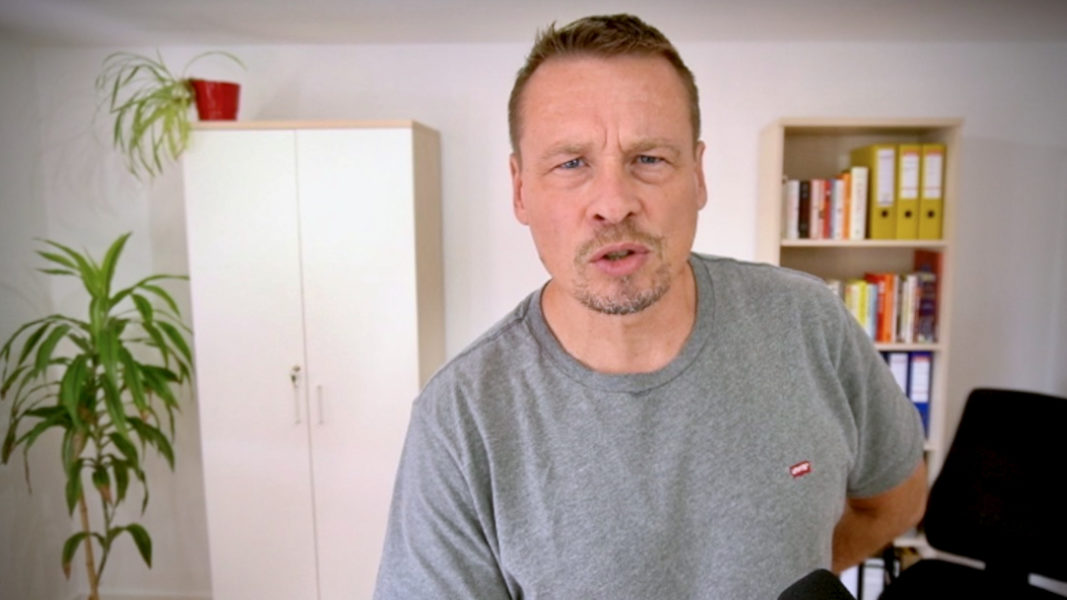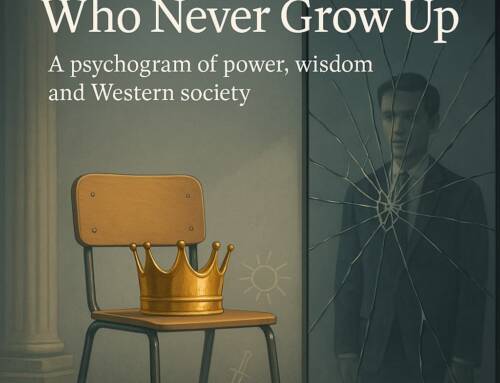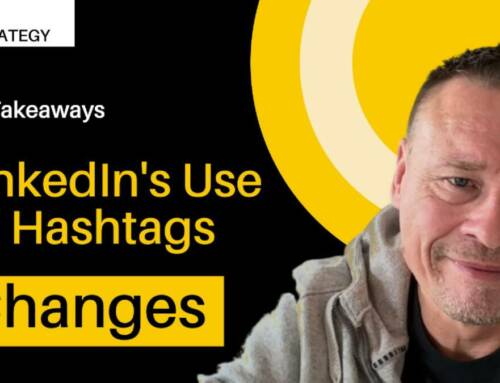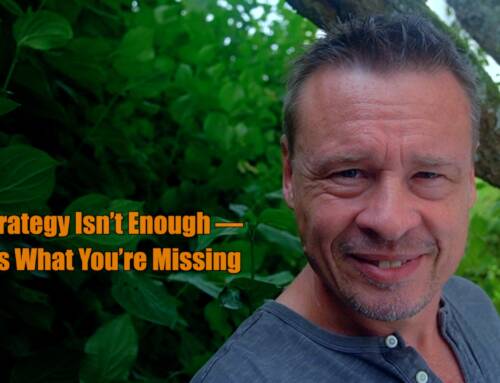There’s so much more than highlighting your achievements
Editing articles and video is part of my bread and butter. I can tell you from experience the subject of most stories in development cooperation is their projects’ success — straight-forward, not much subtleness in framing it.
Many stories even have the words “successful”, “the role of” or “why it is important” in the title. After all, this is what is expected of project staff; it is stated in the log frame under communications.
However, this is neither a very effective nor sustainable way to go about your communications. As much as it doesn’t state in the log frames that you have to tell your viewers how to rate what they see.
Strategically and psychologically, it is always better if you guide the viewer to the conclusions, then leave it to them to make it. “Success” or “great outcome” is their judgment call.
Let’s have a look!
Surely, there’s nothing wrong with positive news. But coming up with only positive information, isn’t that a bit awkward, to say the least?
It is also not really an attempt to distinguish yourself from the pack.
Social media have brought an essential difference to the 1980s’ media set-up, which was letting people know using some form of a release. You could contact the media or communications department. That’s it. It was an asymmetrical constellation.
Social media have changed the scenario. Not only are they themselves different. They also have an impact on the modus operandi of the other media.
And what is different? Well, it’s not much of a surprise: They are social! If you use them, you better operate socially and on eye level.
What does it entail that they are social?
Without going into all the details, let me just put it to you like this: When you go to social events …
- Would you intentionally only talk about yourself all the time and therefore risk busting each and every party you go to?
- Would you constantly blabber about what good you did, or make your friends do that on your behalf?
- Would you not respond to questions of others — or very delayed only and somewhat officialish after you consulted with your dad?
- Would you never mention anything problematic about your life (implementation)?
- Would you never show any vulnerabilities?
- Would you not listen to what others have to say and never comment on their words?
Ideas for creative action
Now, changing your tone, accessibility, relatability and credibility — those are all great subjects for strategic communications in and by itself — here I want to give some tips for concrete action you might want to consider.
Testimonials, sound bites, quotes
Let others have a say. Don’t only quote yourselves from the project and anybody who is somehow indebted to or in favor of you. Get testimonials from outsiders and certainly include those who are known to be not so fond of your project. Just make sure that you get constructive bits and that you have someone else’s testimonial or quote that puts the critical parts in perspective — not rebuffing it, perspective!
Make sure that you don’t cut everything out that you find too critical, in other words diluting it, or distorting it. If you let somebody into your story who is known for their critical position on your project, you cannot show them without their teeth. It’s simply not credible and will undermine your story’s basis.
Plus, you want people to tune in to your next video as well. So always consider the overall credibility and balance of your reporting in the long run. The content “development project accomplishing its plan!” without any problem is not credible. Otherwise the situation in developing countries would look very different and people in your target group know that. You’re in development, sustainability is a concept you’re very familiar with. Apply it in your communications as well.
Have a function or party at your offices
Invite all stakeholders across the spectrum. Arrange for local musicians to play together with those of your home country, maybe some are based in the country. Give a little speech, but don’t push on the subjects too quickly, Give it time, rinse and repeat, in other words, have a series of functions. Give the series a title, so that you have an ongoing social get-together mechanism. Then work from there.
Off-the-record roundtables
A variation of the party is the roundtable. It is still social but not public and smaller. It’s more a get-together to specifically work on scenario-planning for the certain sector etc. It provides opportunities for players to talk to one another who wouldn’t want to be seen talking to each other publicly.
Here communications work is different but it is clearly not public. It is a diplomatic mix of personal calls and emails to make it happen. Still you might need well-drafted and designed content to entice people to come. The communications of the results can not refer to the roundtables. You’ll find another way to communicate the results.
Do things that don’t scale
I know social media appear to be all about their propensity for big scaling. But things you do that cannot scale matter for many people exactly because of that reason. You had to do only for them!
So go to the offices of your critics —or send someone like your communications person. Talk to them, really listen. Forget your point of view, rather ask them what they need. Find a way to help them out with something. Don’t give the impression though as if you only wanted to create a situation where they owe you a favour and that was your sole purpose. Just do it.
Maybe their server doesn’t work anymore and your country office has an old one in the storeroom that nobody bothers with because it is simply to much hassle to sign it out of the inventory. Or maybe you help them with an introduction to someone useful to them. Ask them if they want to state their point on one of your videos and assure them there won’t be any hostile editing. Remember you want to build trust. Here again, the long-term aspect is absolutely critical.
Walk the scene
Walking the office was a big thing on the corporate leadership blogs some time ago. Similar to that make it a habit to visit all the stakeholders in their offices or wherever they are — without an agenda. At the end of your encounters make a mental note what the most important point for you was. You can ask the other side what their takeaway was as well.
Maybe – if the situation turned out to be conducive and with future potential, you might want to consider being bold. Ask to take a selfie of the two of you. Formulate an accompanying tweet and show it to the person you spoke to see what they think of it. Get their buy-in, a sense of being together on it.
Ask for example ask whether it was okay to tweet “Ms Y still believes the runoff our from our project farm is a major issue because of … We take this seriously and value here constructive input. We will reconsider doing a, b and c. Thnx MS Y for being so upfront about it. Looking forward to the talk.” If Ms Y wasn’t so constructive, she might consider being next time around.
If you don’t want to tweet, you can use the same idea for content in an email afterward – ideally, you want others to see about your encounters, at least at some point. If this sounds too problematic to you, remember that’s what you actually want to have, high-quality problems!
The documentation of these kinds of political processes could make great stuff to write an exciting in-depth story with later on.
Customized adjustments
Every project follows a certain method which by definition is based on some principles or finding that can be used generally everywhere. On the other hand, every CXO, farmer, politician, countrymen believes that he/she or his/her situation is special in some very important way and therefore the approach stood no chance of working in their particular situation.
So don’t get into a discussion on whether and to what degree your approach is generally applicable. Communicate how you specially customized your approach. To which degree this really the case is not that important. It is about making people feel special and therefore important.
The best way to do this by showing that the things you do are not all scalable, that they mean additional work and that you’re willing to go the extra mile. Ask them for their input for change. That way you’ll create a beachhead with possible great future benefits.
Deprioritize short term profit maximization
The currency of communications is attention. So short term profit in our case is simple visibility, empty media calories in the form of relayed positive news with impact easily counted on the basis of view and click numbers online.
As nice as it feels and as easy as it is to count them for your mid-term report, it’s not really what you want.
Communications is not a separate entity to your project’s target-setting. It is a separate implementation stream, yes, but it must have the same goals. In other words, you’re going to have to pay the price and work it large scale. Focus on communications measures that take your project to where it wants to be and not to a counting of views.






Leave A Comment